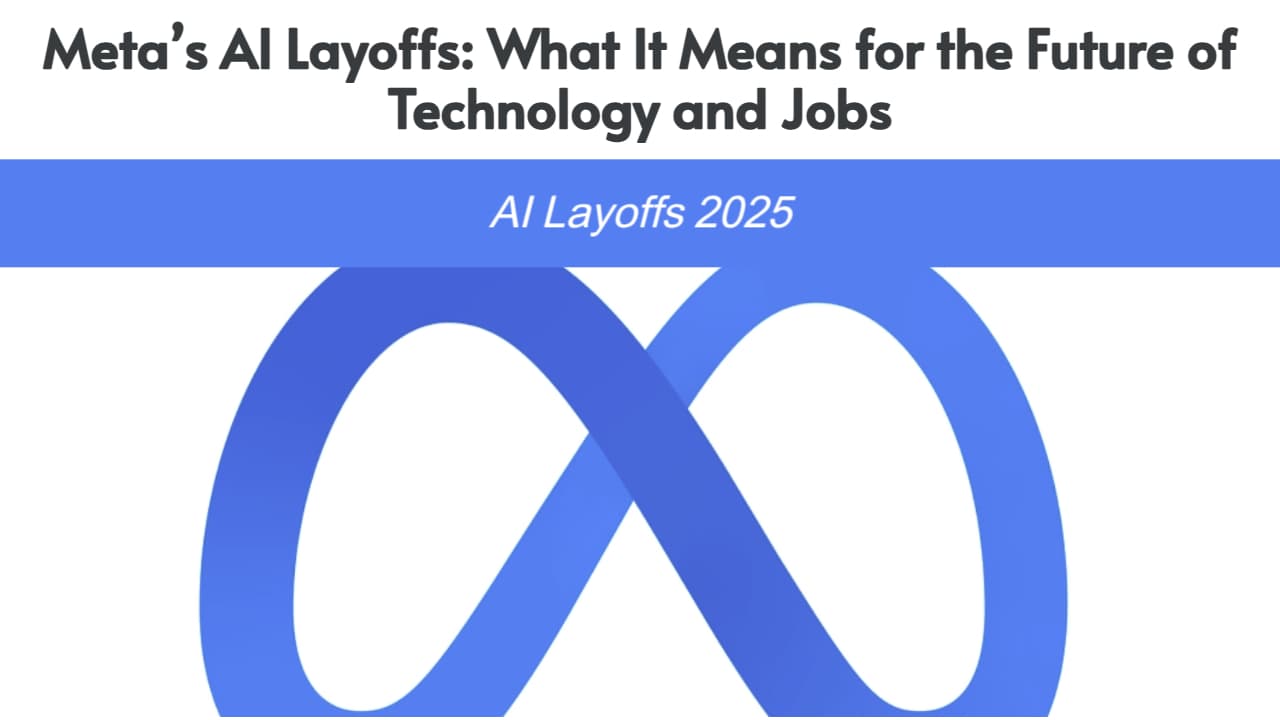Meta Cuts 600 AI Roles Amid Strategic Reorganization, Starcloud Plans In-Orbit AI Data Centers, and Google Achieves Quantum Breakthrough

Meta Platforms has announced a significant restructuring within its artificial intelligence division, leading to approximately 600 job cuts. The move, primarily affecting legacy Facebook Artificial Intelligence Research (FAIR) and infrastructure teams, aims to streamline operations and accelerate decision-making within the company's AI initiatives. Despite the layoffs, Meta continues to invest heavily in AI, particularly within its TBD Lab, which focuses on next-generation foundation models.
The job reductions are part of a broader effort to make Meta's AI unit more agile and less "bloated," according to internal communications. Alexandr Wang, Meta's Chief AI Officer, stated in a memo, "By reducing the size of our team, fewer conversations will be required to make a decision." This reorganization is intended to consolidate efforts under the newly formed Meta Superintelligence Labs, which Mark Zuckerberg assembled in June with a $14.3 billion investment.
In a separate development, Starcloud is preparing to deploy an innovative in-orbit AI data center in November, utilizing NVIDIA H100 GPUs. This project aims to address critical bottlenecks in terrestrial AI infrastructure, such as energy consumption, cooling, and data locality. By leveraging abundant solar power and the vacuum of space for heat dissipation, Starcloud seeks to provide a unique solution for processing large-scale AI workloads, especially for Earth observation data.
The in-orbit data center plans to enable early use-cases like processing sensor data directly in space, reducing the need to down-link terabytes of raw information to Earth. This capability could significantly enhance applications such as crop type detection, local weather prediction, wildfire detection, and distress-signal response. The venture highlights a growing trend towards unconventional solutions for the escalating demands of AI computing.
Meanwhile, Google has announced a significant quantum computing breakthrough with its new Willow processor. The company demonstrated a "verifiable quantum advantage" using an algorithm dubbed Quantum Echoes, which reportedly ran 13,000 times faster than a leading classical supercomputer. This research, published in Nature, builds upon Google's 2019 study and represents a crucial step towards scalable and testable quantum processors.
The experiment utilized a 105-qubit superconducting chip with high fidelity rates to model information spread in a quantum system. This achievement marks a shift from merely demonstrating faster computation to establishing a verifiable baseline for future quantum systems. Potential applications for this technology include simulating molecules and materials, which could lead to advancements in battery chemistry, drug design, and clean energy catalysts.